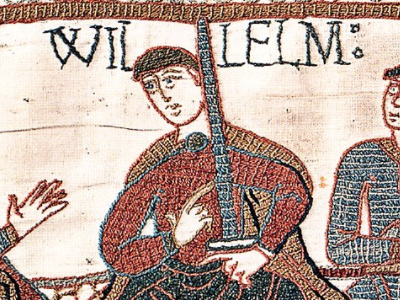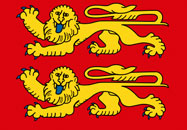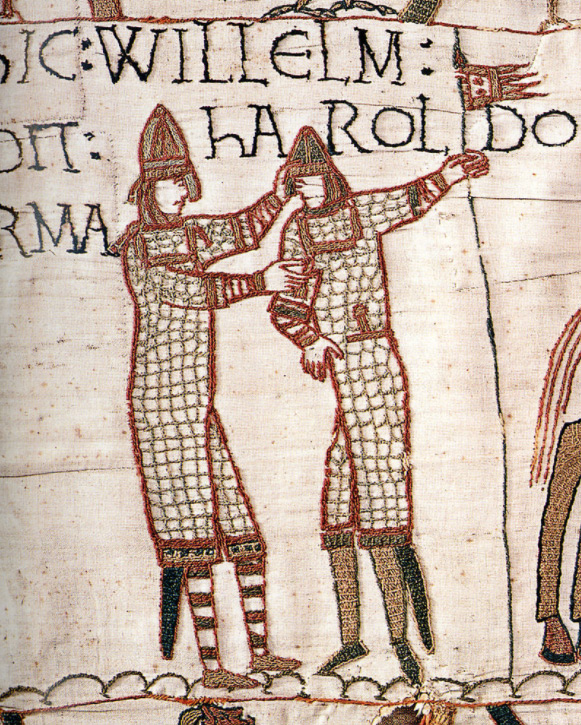William the Conqueror (1028-1087)
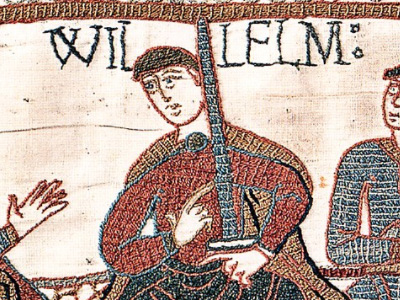
Early Life
William was born in 1027 or 1028 at Falaise, Normandy, most likely towards the end of 1028. He was the only son of Robert I, Duke of Normandy, son of Richard II, Duke of Normandy. His mother, Herleva, was the daughter of Fulbert of Falaise; Fulbert may have been a tanner or embalmer. She was possibly a member of the ducal household, but did not marry Robert. Instead, she later married Herluin de Conteville, with whom she had two sons – Odo of Bayeux and Robert, Count of Mortain – and a daughter whose name is unknown. One of Herleva's brothers, Walter, became a supporter and protector of William during his minority. Robert also had a daughter, Adelaide of Normandy, by another mistress.
Robert became Duke of Normandy on 6 August 1027, succeeding his elder brother Richard III, who had only succeeded to the title the previous year. Robert and his brother had been at odds over the succession, and Richard's death was sudden. Robert was accused by some writers of killing his brother, a plausible but now unprovable charge. Conditions in Normandy were unsettled, as noble families despoiled the Church and Alan III of Brittany waged war against the duchy, possibly in an attempt to take control. By 1031 Robert had gathered considerable support from noblemen, many of whom would become prominent during William's life. They included Robert's uncle, Robert the archbishop of Rouen, who had originally opposed the duke, Osbern, a nephew of Gunnor the wife of Duke Richard I, and Count Gilbert of Brionne, a grandson of Richard I. After his accession, Robert continued Norman support for the English The Kingdom of England was a sovereign state on the island of Great Britain from about 927, when it emerged from various Anglo-Saxon kingdoms, until 1 May 1707, when it united with Scotland to form the Kingdom of Great Britain. The Viking invasions of the 9th century upset the balance of power between the English kingdoms, and native Anglo-Saxon life in general. The English lands were unified in the 10th century in a reconquest completed by King Æthelstan in 927. princes Edward and Alfred, who were still in exile in northern France.
The Kingdom of England was a sovereign state on the island of Great Britain from about 927, when it emerged from various Anglo-Saxon kingdoms, until 1 May 1707, when it united with Scotland to form the Kingdom of Great Britain. The Viking invasions of the 9th century upset the balance of power between the English kingdoms, and native Anglo-Saxon life in general. The English lands were unified in the 10th century in a reconquest completed by King Æthelstan in 927. princes Edward and Alfred, who were still in exile in northern France.
There are indications that Robert may have been briefly betrothed to a daughter of King Cnut, but no marriage took place. It is unclear if William would have been supplanted in the ducal succession if Robert had had a legitimate son. Earlier dukes had been illegitimate, and William's association with his father on ducal charters appears to indicate that William was considered Robert's most likely heir. In 1034 Duke Robert decided to go on pilgrimage to Jerusalem. Although some of his supporters tried to dissuade him from undertaking the journey, Robert convened a council in January 1035 and had the assembled Norman magnates swear fealty to William as his heir before leaving for Jerusalem. He died in early July at Nicea, on his way back to Normandy.
HISTORY
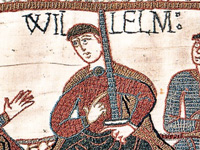
RESOURCES
This article uses material from the Wikipedia article "William the Conqueror (1028-1087)", which is released under the Creative Commons Attribution-Share-Alike License 3.0.
© Stories Preschool. All Rights Reserved.
